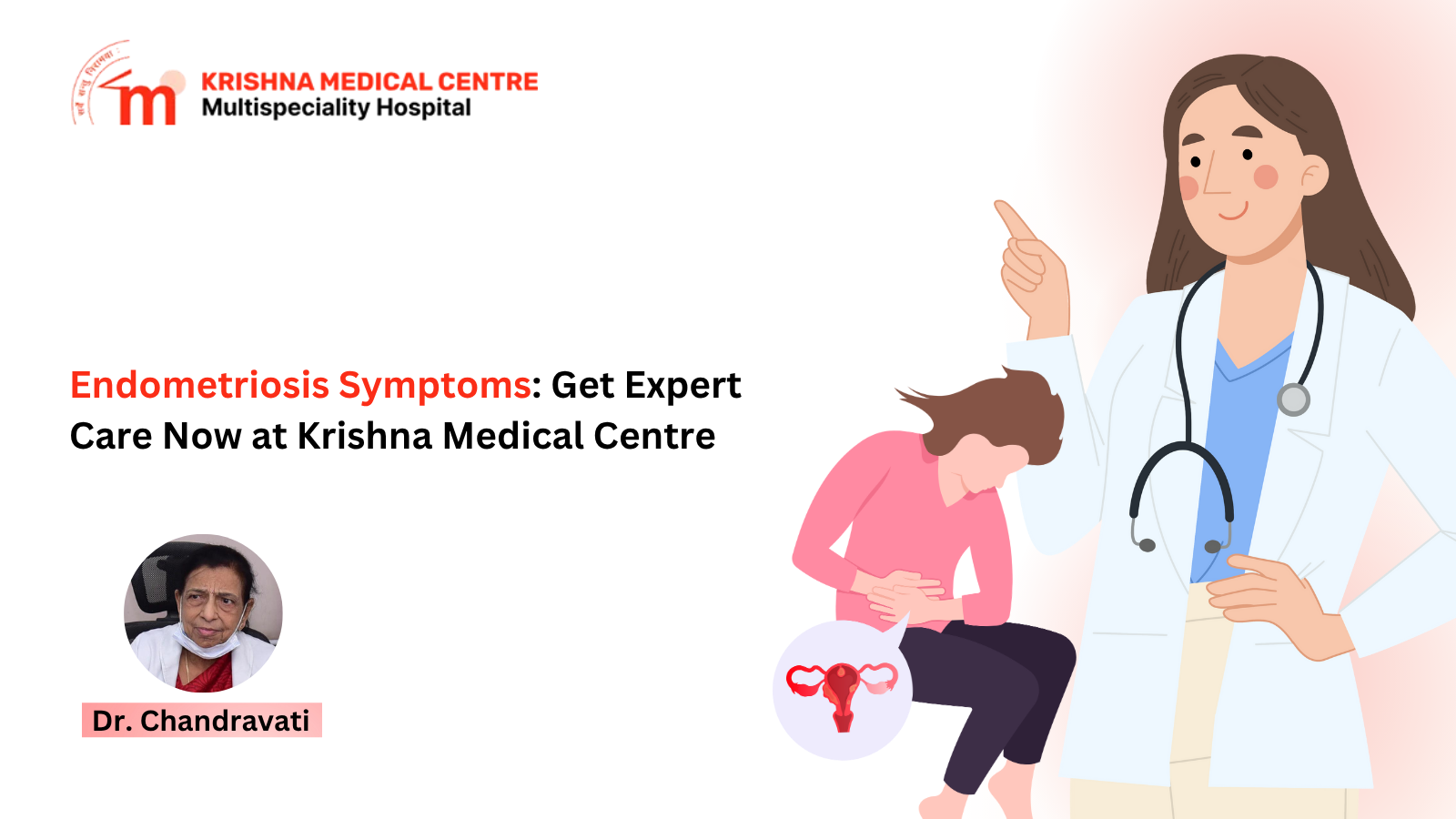

Beware of frauds: Online appointments are available only after confirmation with the hospital for any of our consultant doctors.


Endometriosis is a common yet often underdiagnosed condition that affects around 10% of reproductive-age women and girls globally, as reported by the WHO. But what are the signs of endometriosis, and how can you recognise them early? Read on to learn about the key symptoms of endometriosis and the treatment options available.
Endometriosis is a chronic condition where tissue identical to the uterine lining grows in areas outside the uterus, such as the ovaries, fallopian tubes, pelvic lining, and sometimes beyond. This misplaced tissue behaves like normal uterine tissue, and it thickens, breaks down, and bleeds with each menstrual cycle. However, because it has no way to exit the body, it causes inflammation, pain, and leads to complications such as scar tissue formation and fertility problems.
The symptoms of endometriosis vary widely but commonly include:
These symptoms can range anywhere from mild discomfort to severe pain and may worsen over time if left untreated. Some women may experience only a few symptoms, while others face significant challenges in daily life.
Diagnosing endometriosis can be challenging due to symptom overlap with other conditions. The diagnostic process usually includes:
Early diagnosis is crucial as it helps in timely management and lowers the risk of complications like infertility.
Treatment for endometriosis is highly individualised and can include both non-surgical and surgical approaches:
Endometriosis can cause fertility problems by creating scar tissue, blocking fallopian tubes, or causing hormonal imbalances that affect ovulation. Early intervention is important to preserve fertility. For some women, assisted reproductive technologies like IUI (intrauterine insemination) or IVF (in vitro fertilisation) may be necessary.
While the root cause of endometriosis is unclear and it cannot always be prevented, certain factors may increase the risk, such as family history and early menstruation. Here are some ways to potentially reduce risk or manage symptoms:
Recognising the signs of endometriosis early is essential for timely treatment and improving quality of life. Symptoms such as pelvic pain, heavy periods, and painful intercourse should not be ignored. A combination of medical and surgical treatments is available to manage this complex condition effectively. If you experience any symptoms, seek medical advice quickly to begin a personalised treatment.
If you’re experiencing symptoms like pelvic pain or heavy periods, don’t wait to get help. Early diagnosis and prompt treatment can make all the difference. Schedule a consultation at Krishna Medical Centre, and our team of specialists, led by Dr Chandravati, will help you start your journey toward effective symptom management and improved life.